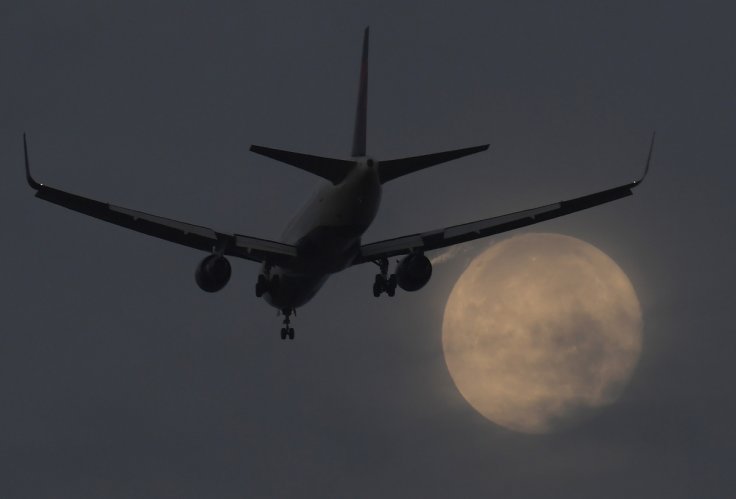
The moon is all set to treat the earthlings with a triptych of celestial events on January 31 with a supermoon, a blue moon, and a lunar eclipse together. NASA is calling it a "super blue blood moon."
Blood moon is a term that the experts and stargazers use to describe a total lunar eclipse due to the moon's ravishing red hue during the eclipse. Following January 31, a full lunar eclipse is again scheduled to occur on January 19, 2019, informed NASA.
We call earth's celestial companion a supermoon when a new moon or full moon occurs on the same day when it comes closest to earth. We were able to witness the first supermoon of this year on the New Year day, January 1. The upcoming supermoon will mark a third of the trilogy of supermoons. The first one of the lot occurred on December 3, 2017.
NASA is also calling the upcoming event a blue moon, which essentially marks the second full moon in one month.
According to NASA's scientist Noah Petro, these three celestial events together will only be seen from the west coast. Although the people from the east coast would be able to see the super blue moon, the blood moon, i.e. the total lunar eclipse, can only be viewed from the west coast, reported ABC News quoting Petro.
Here are some tips for the people who are planning to witness this historical and amazing event:
People, residing on the West Coast will actually have to get up pretty early in the morning, before 4 a.m. and keep their eyes on the western sky. They are likely to witness the moon, which will get fainter as it enters and then passes through our home planet's shadow. After that, the sky will become darker and once the moon submerges into the earth's shadow completely; it will take that beautiful "blood" red color.
According to Gabriel Biderman, the founder of photography community National Parks at Night and a professional photographer, himself, advises that in order to get the perfect shot of the beautiful event, people should know the exact time of its rising and setting in their respective locations on that day.
The perfect timing:
The eclipse will start at around 3:48 a.m. in San Francisco and it will enter the total eclipse near about 4:51 a.m. The total eclipse will stay there until 6:07 a.m., as per NASA's information.
In Chicago, on the other hand, the total eclipse is scheduled to start from 6:51 a.m. and the highest eclipse will be seen at around at 6:56 a.m. Here the moon is scheduled to set at 7:03 a.m.
The perfect shot:
If the viewers are looking forward to taking the perfect photo, it would be a tad bit difficult to do so with their smartphones, as the moon will appear very small in phone cameras. So, it's better to go equipped with DSLR cameras to take the pictures of this particular event. However, if someone doesn't have any other option apart from phones, then it would be best to adjust the settings of the phone manually.
According to a photographer from the New York City, Stan Honda, people should find a landmark or a landscape to place the moon in the background of that picture.
"Whenever you want to shoot the full moon, it's always best to photograph it the day before the 100 percent full moon," advised Honda.
Viewers can make use of a point-and-shoot camera along with a big zoom lens or even a telescope to click the close-up pictures of the moon with all its details.
Biderman gave another idea to the enthusiasts to click a picture, which he calls the "star trails." This would feature a captivating perspective of earth's natural satellite along with its heavenly reflection on the water. "It can have that sort of beacon in the night look," added Biderman. According to him, people can use wider or telephoto lenses for this.
Also Read: Lunar Living: China sending potatoes, weeds along with humans to the moon









